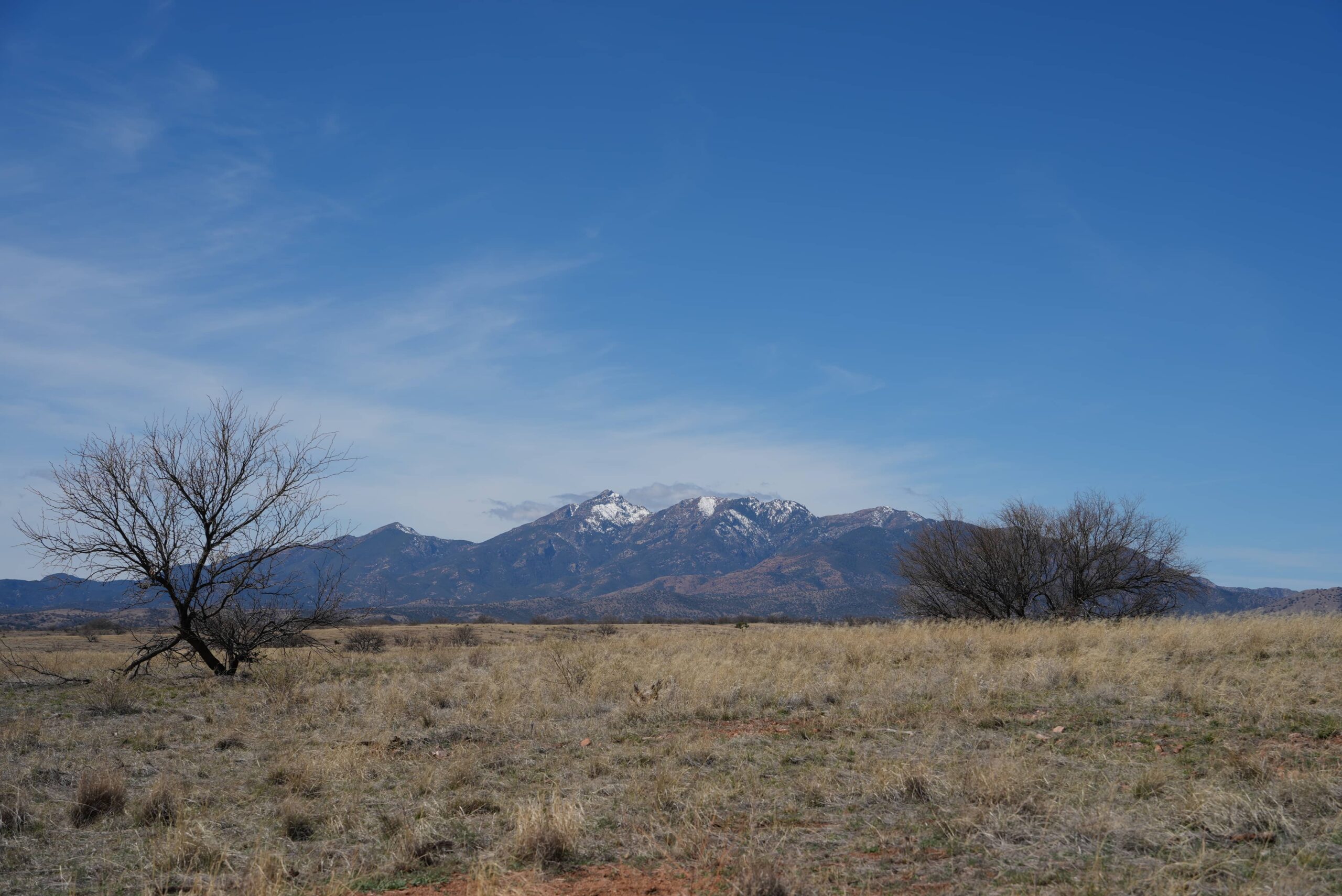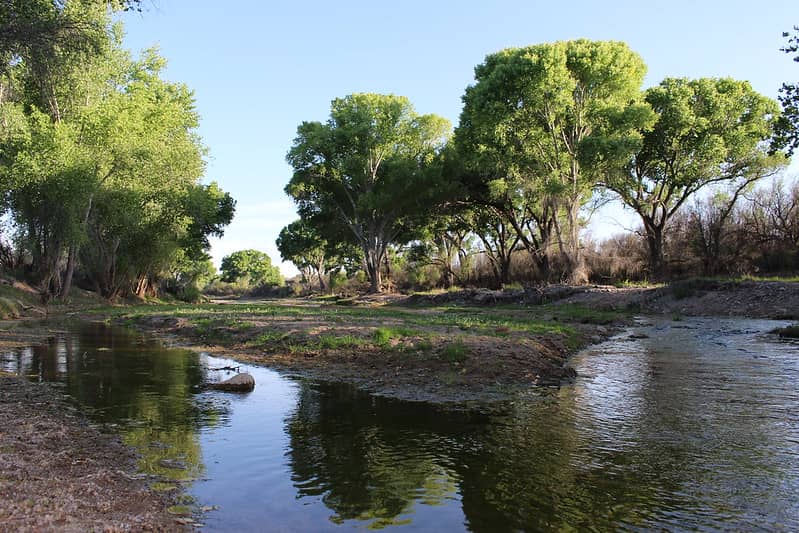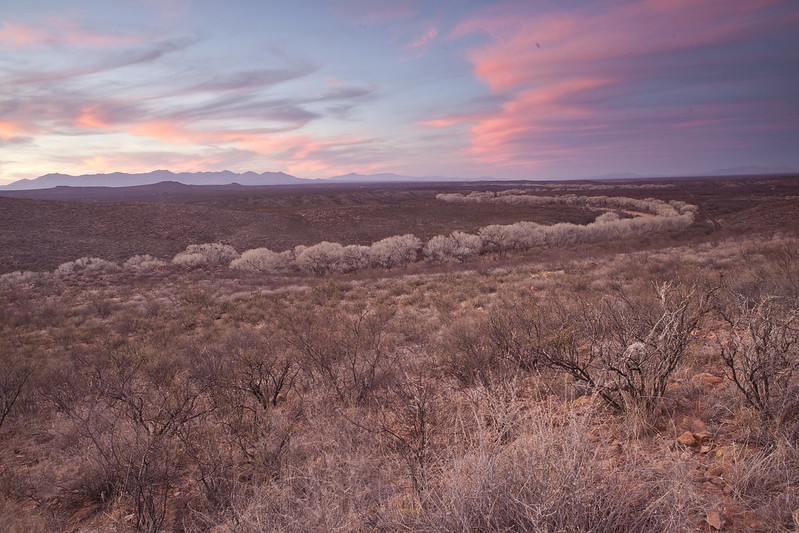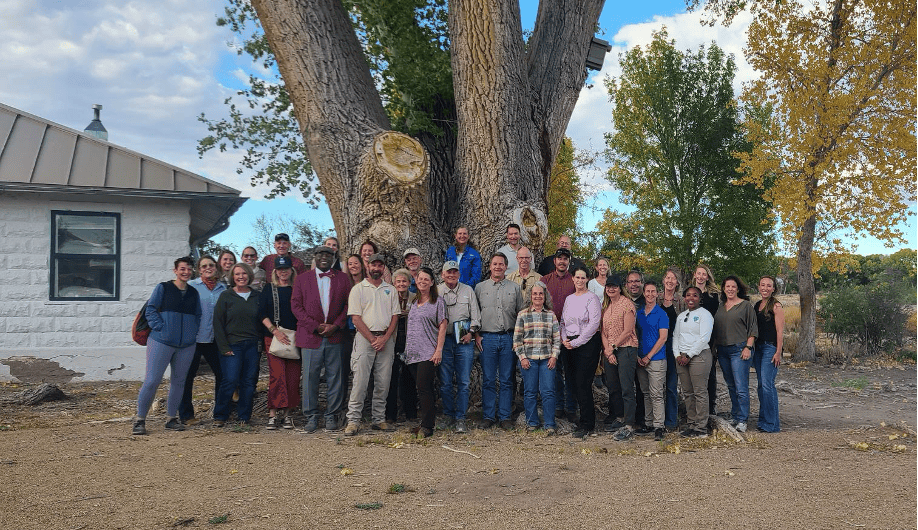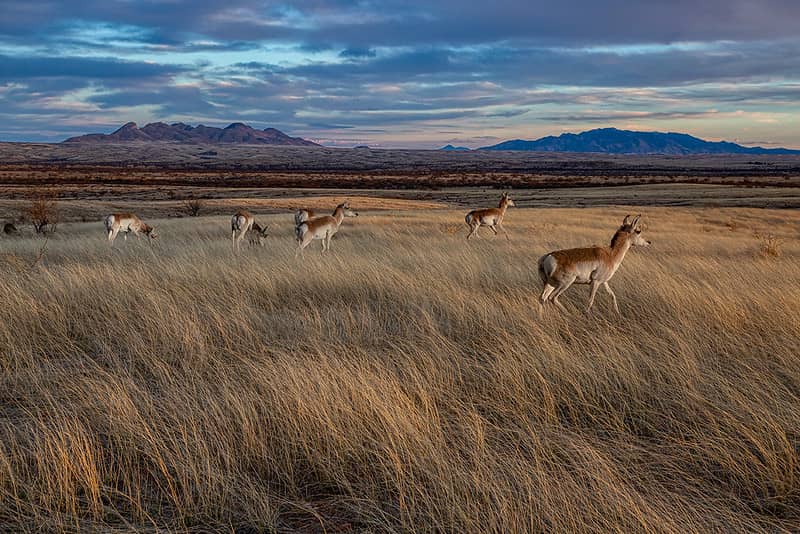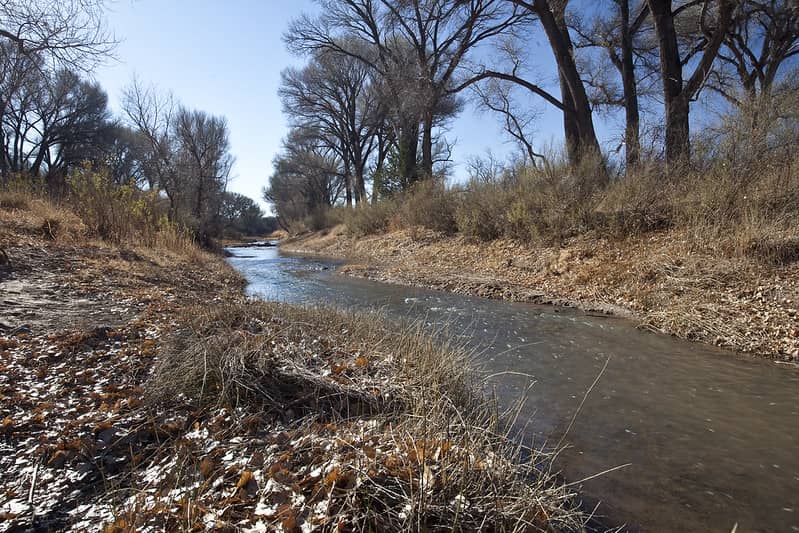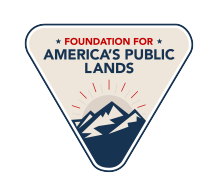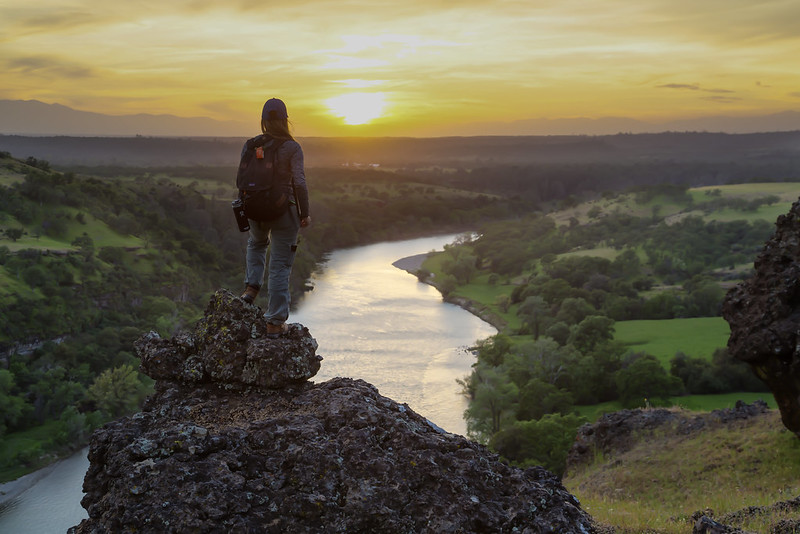Restoration to Address Drought
Through its grantmaking programs, the Foundation invests in communities and organizations that are advancing innovative solutions to the challenges facing public lands and waters managed by the Bureau of Land Management (BLM).
New innovations in ranching technology are helping to improve the health of cattle and the land
Colorado's Eagle Conservation District is proving out a model for rangeland health and drought resilience by implementing virtual fencing technology to support cattle grazing on BLM lands.
Using real-time data and heat-mapping, ranchers have the power to move livestock to specific areas, rotate grazing, and keep cattle away from recreation areas, sensitive cultural sites, and restoration efforts. With remote-sensing collars, solar-powered cell towers and human ingenuity, ranchers and other land stewards are finding innovative ways to sustain our public lands and waters for the long-term.
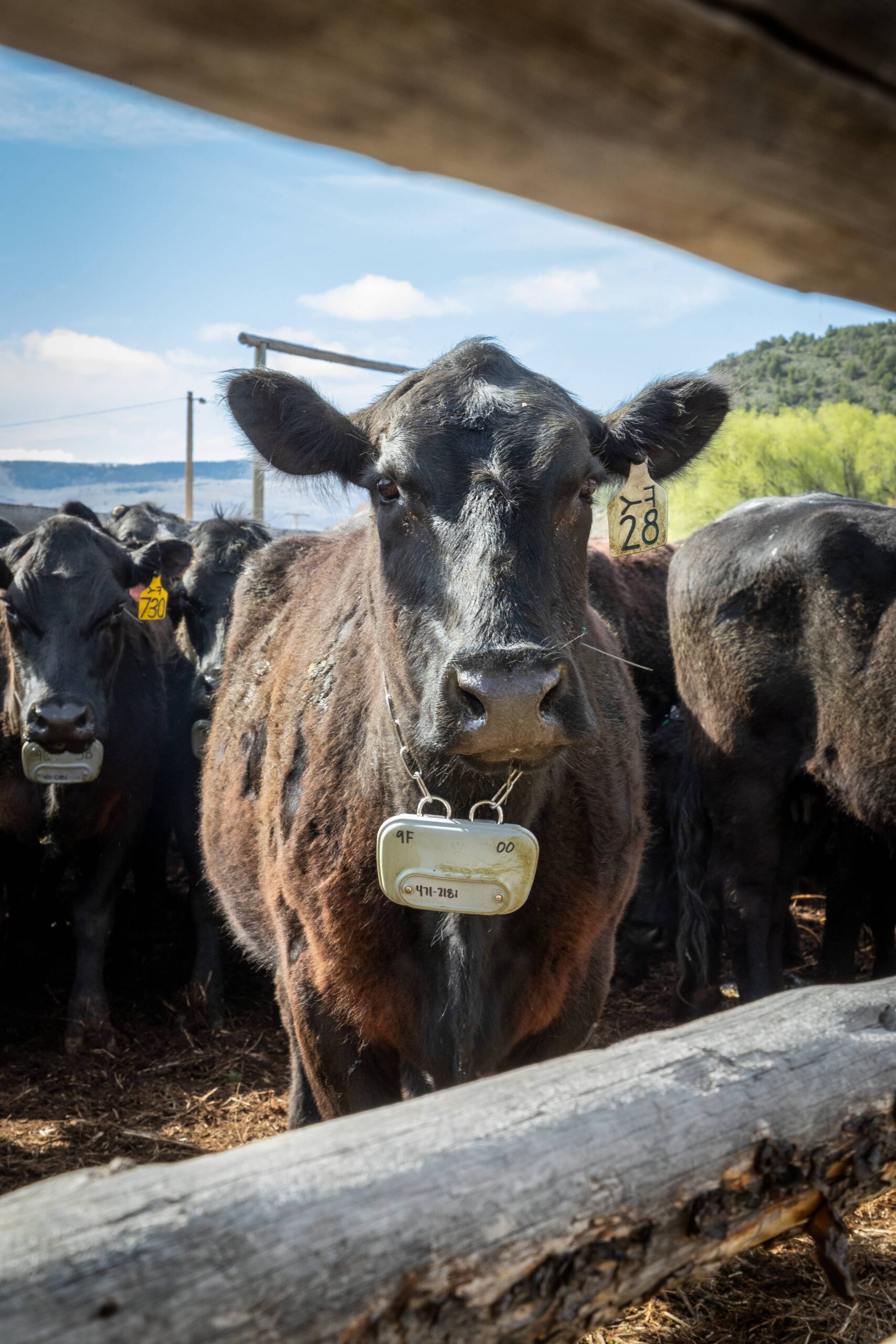
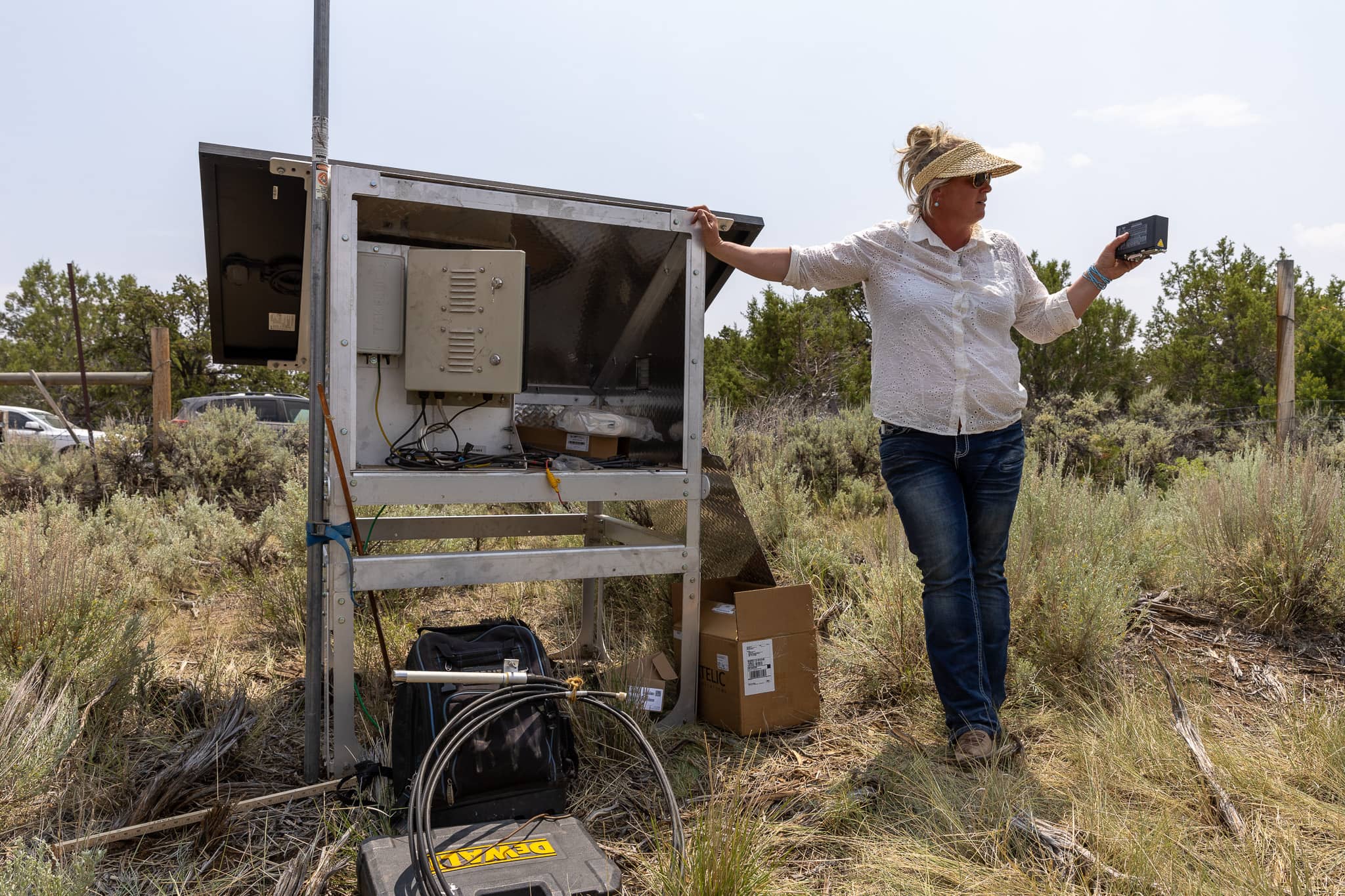
Meet Kristy Wallner
Rangeland Management Specialist, BLM Colorado
“Virtual fencing allows you to control where cows will go to graze. And that means other parts of the allotment are resting. It’s key to achieving healthy, sustainable rangelands.”

Meet Pat Luark
Reverse JL Bar Cattle Co.
“The folks supporting our family’s efforts have been phenomenal and the results speak for themselves: We were able to have 150 cows out on our BLM grazing ground in winter because we had so much growth and ground coverage at a time when hay was going for $300/ton—that’s a real benefit.”
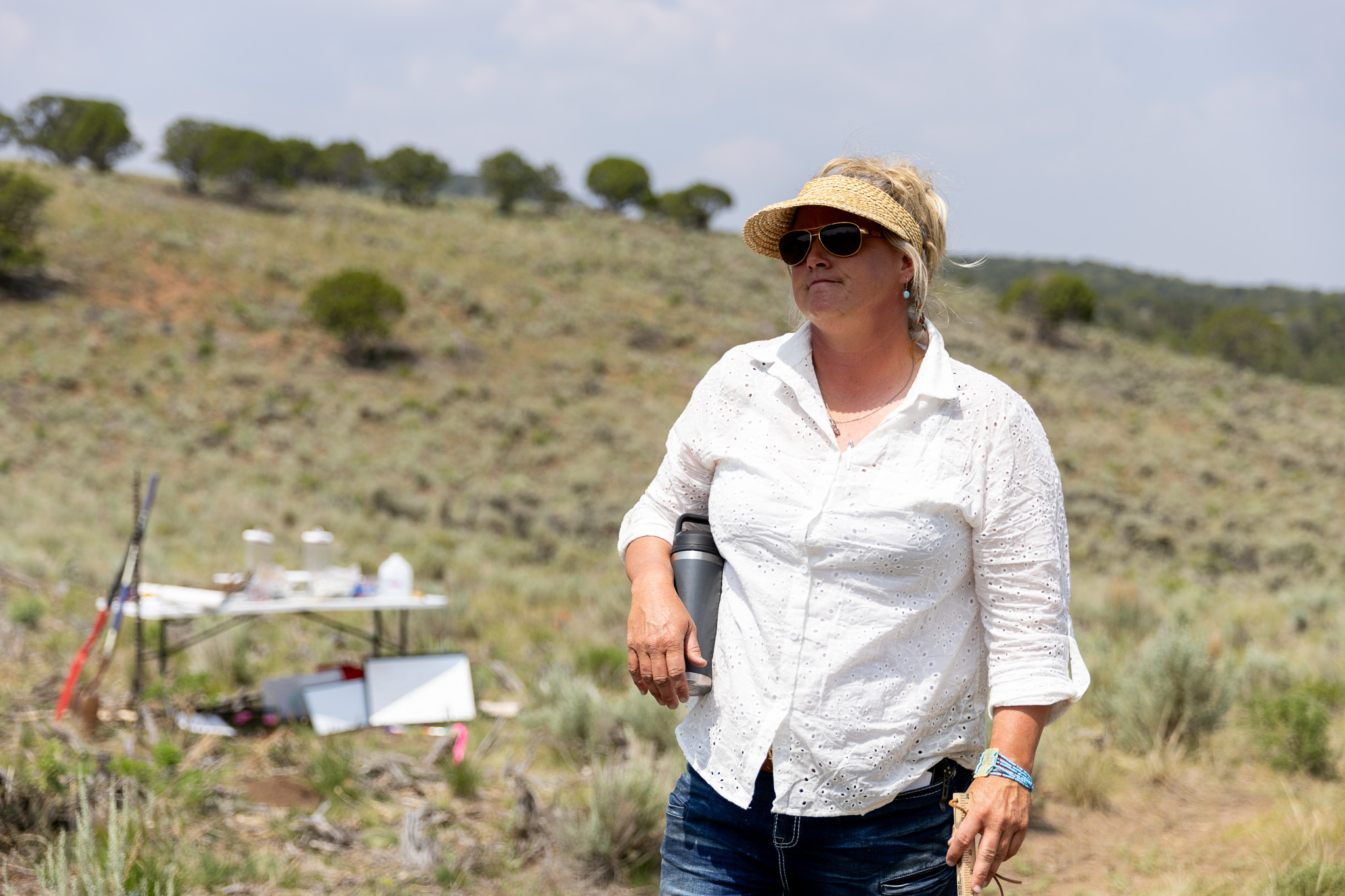
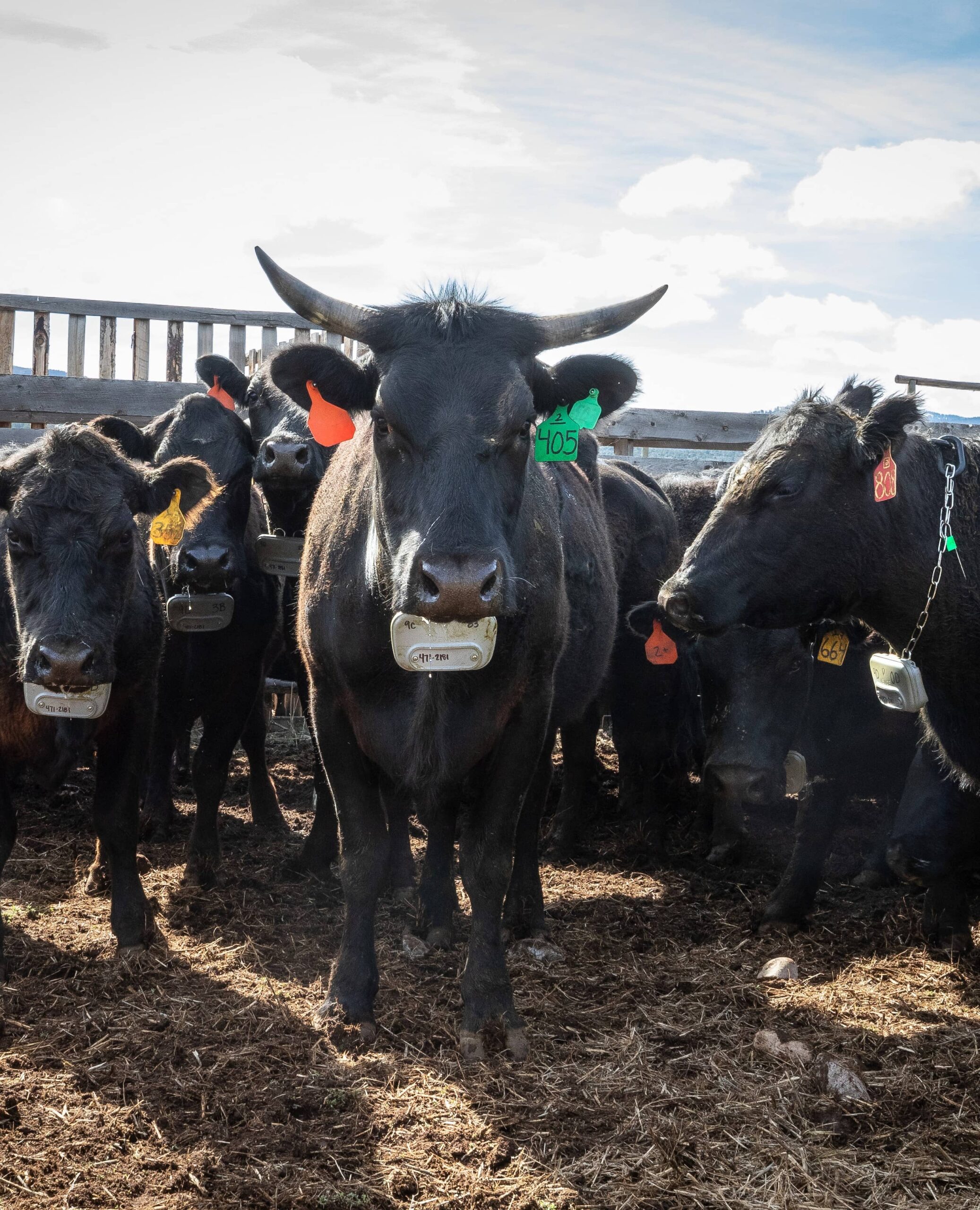

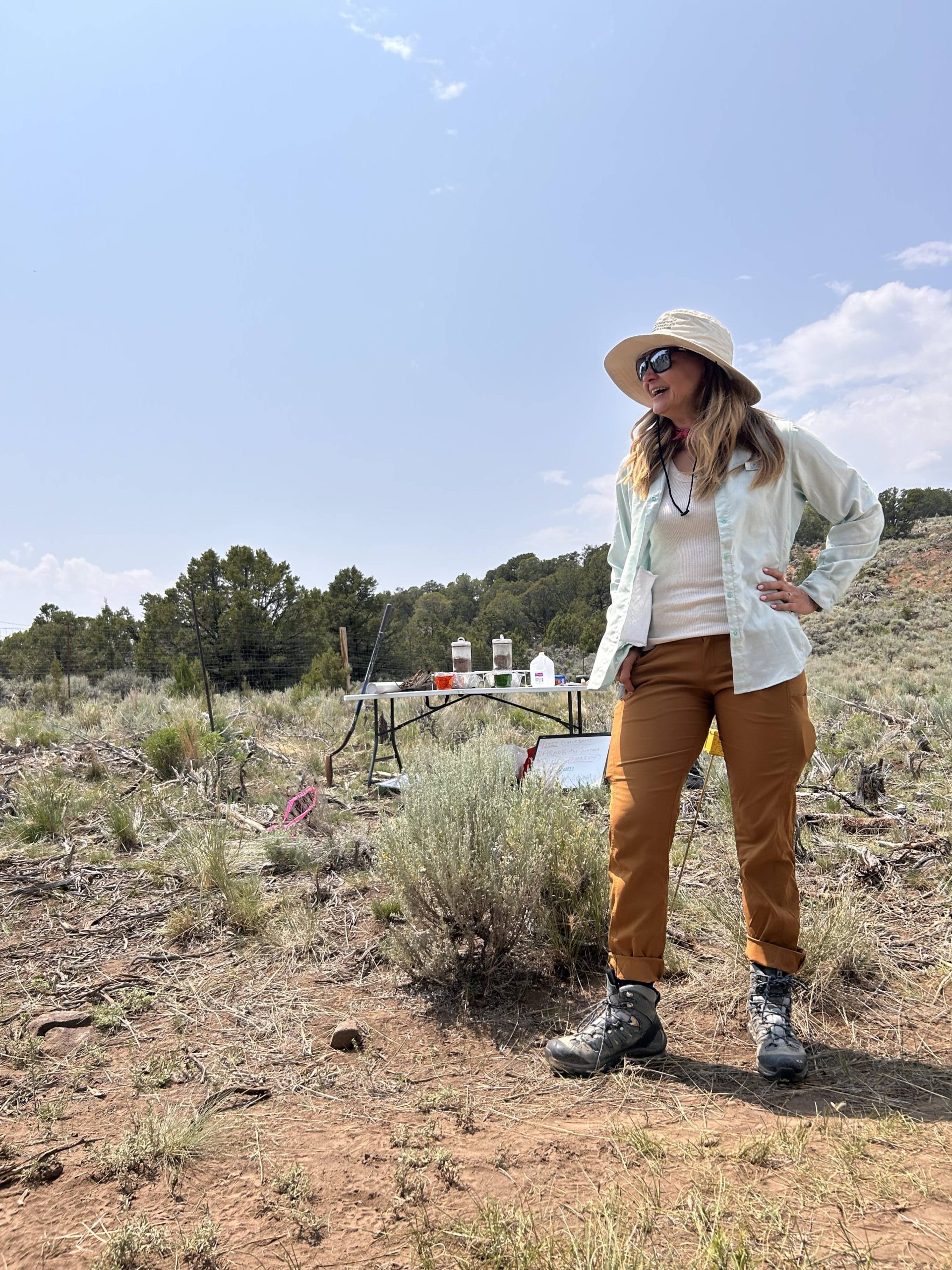
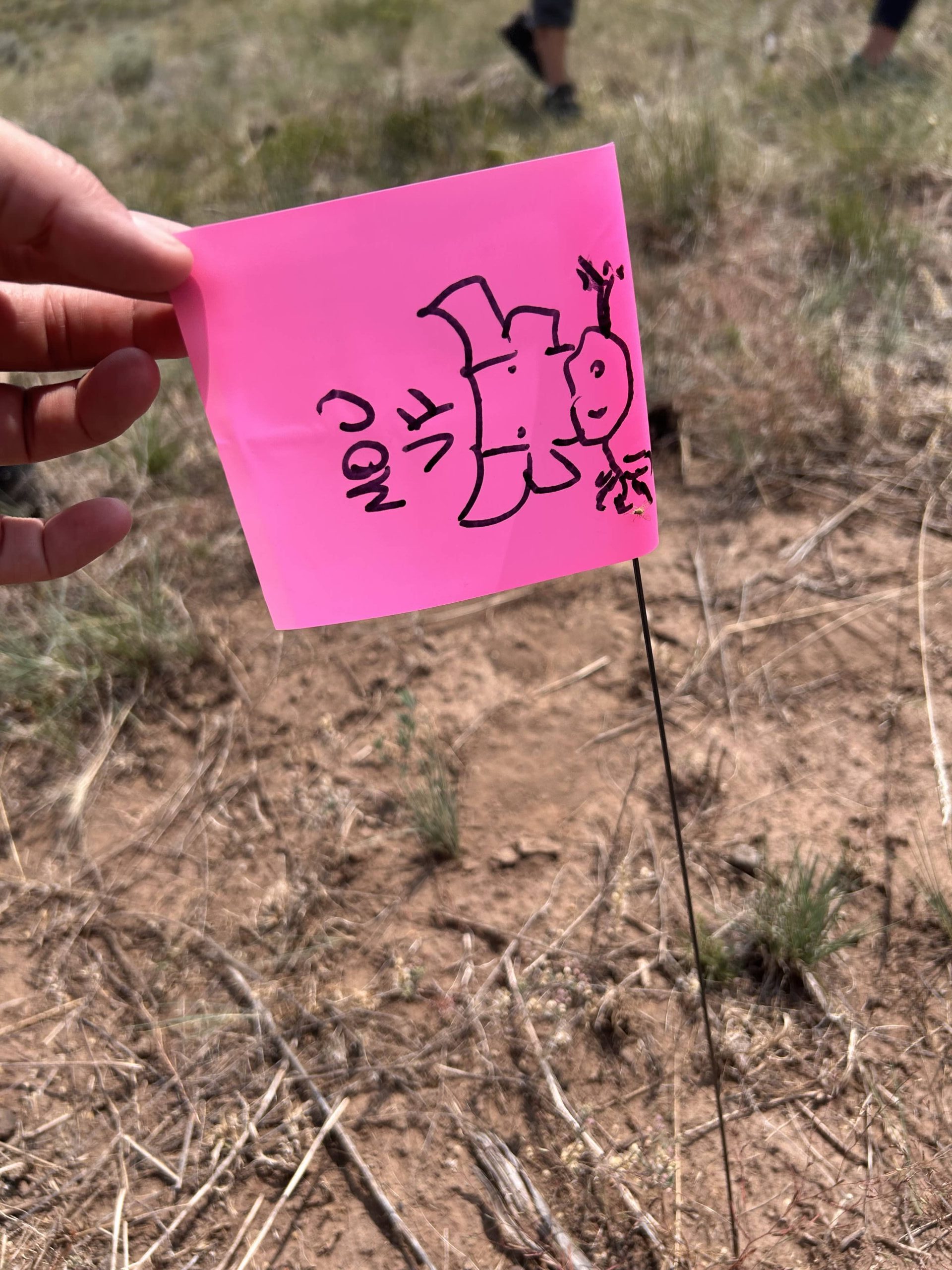


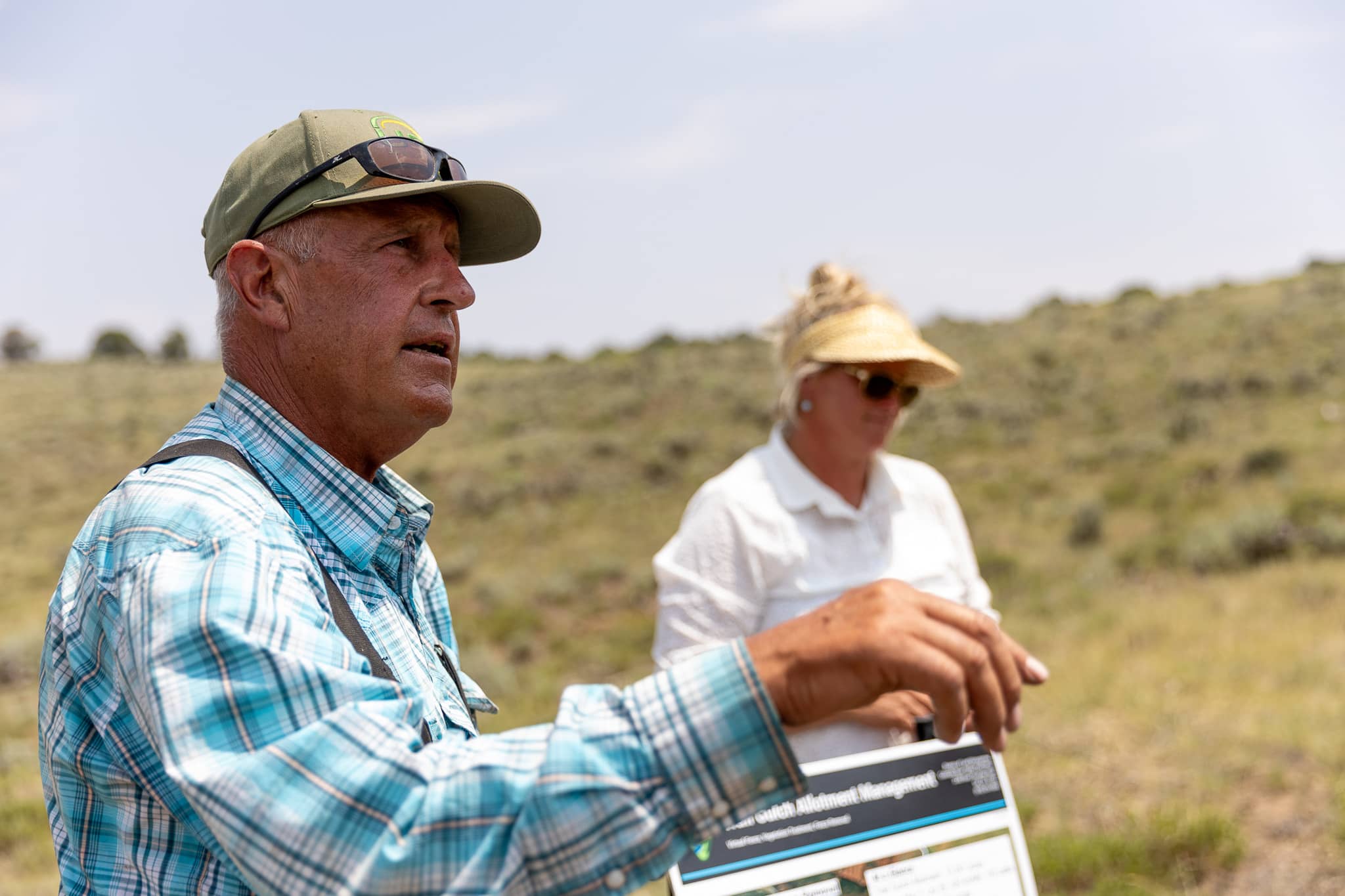
Improving Access to Drinking Water in Arizona and Protecting National Security
Home to one of the most important riverscapes in the country, the BLM’s San Pedro Riparian National Conservation Area provides drinking water to Southwestern communities, supports national security at the Fort Huachuca Army facility, and helps drive the outdoor recreation economy for the region.
The City of Sierra Vista, the Friends of the San Pedro River, and the Borderland Restoration Network are working together to implement restoration practices, improve water access, and provide reliable electricity at the visitor center.
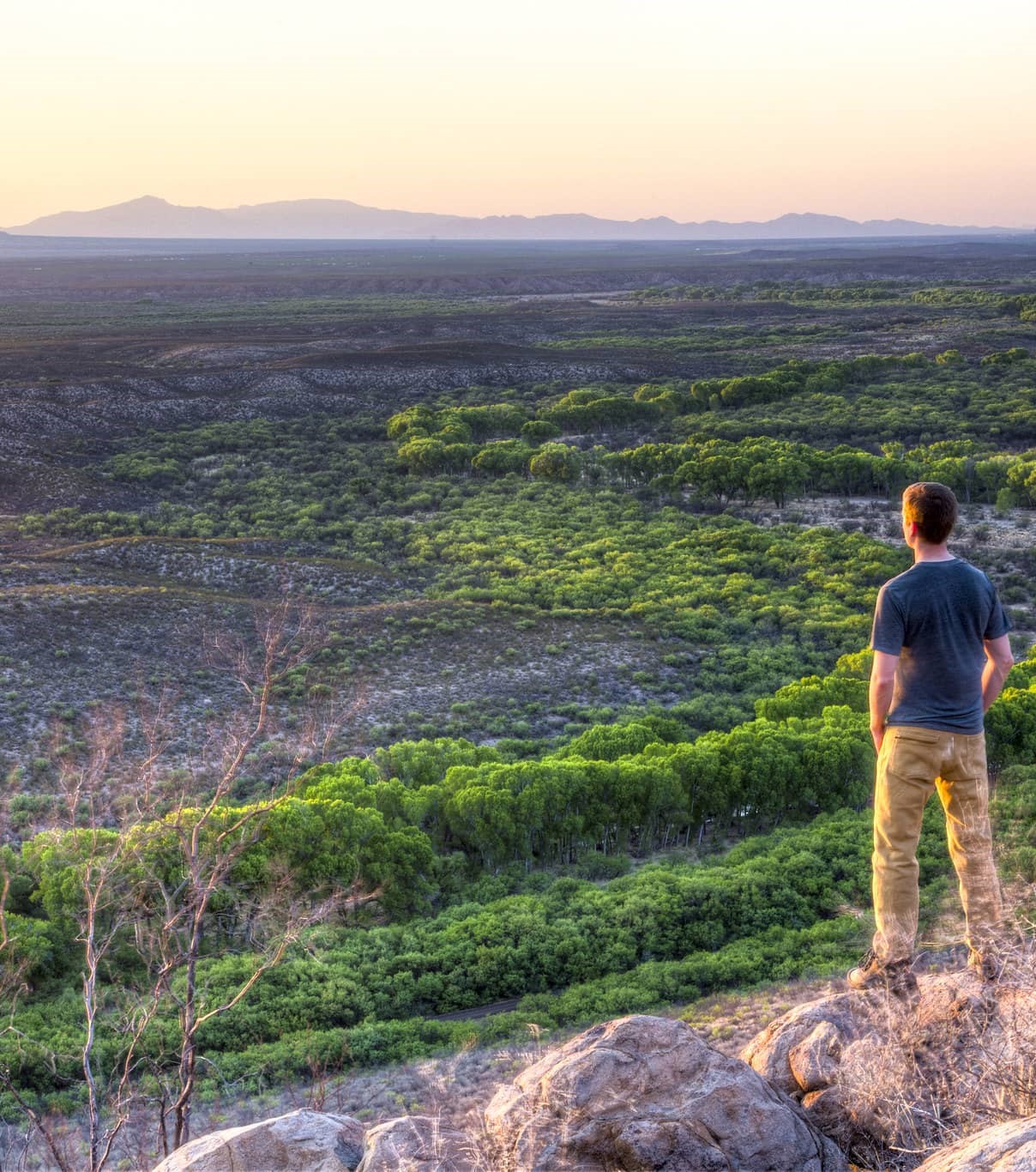

Meet Holly Richter, PhD
Principal of Resilient Rivers LLC
“The San Pedro River is one of the last free flowing rivers in the Southwest. So one of the things that we’ve collaborated on in the upper San Pedro — various agencies, the BLM, the state, local entities, nonprofit organizations, and private landowners –, we’ve come together to do a series of projects that can enhance groundwater resources specifically for the river.”
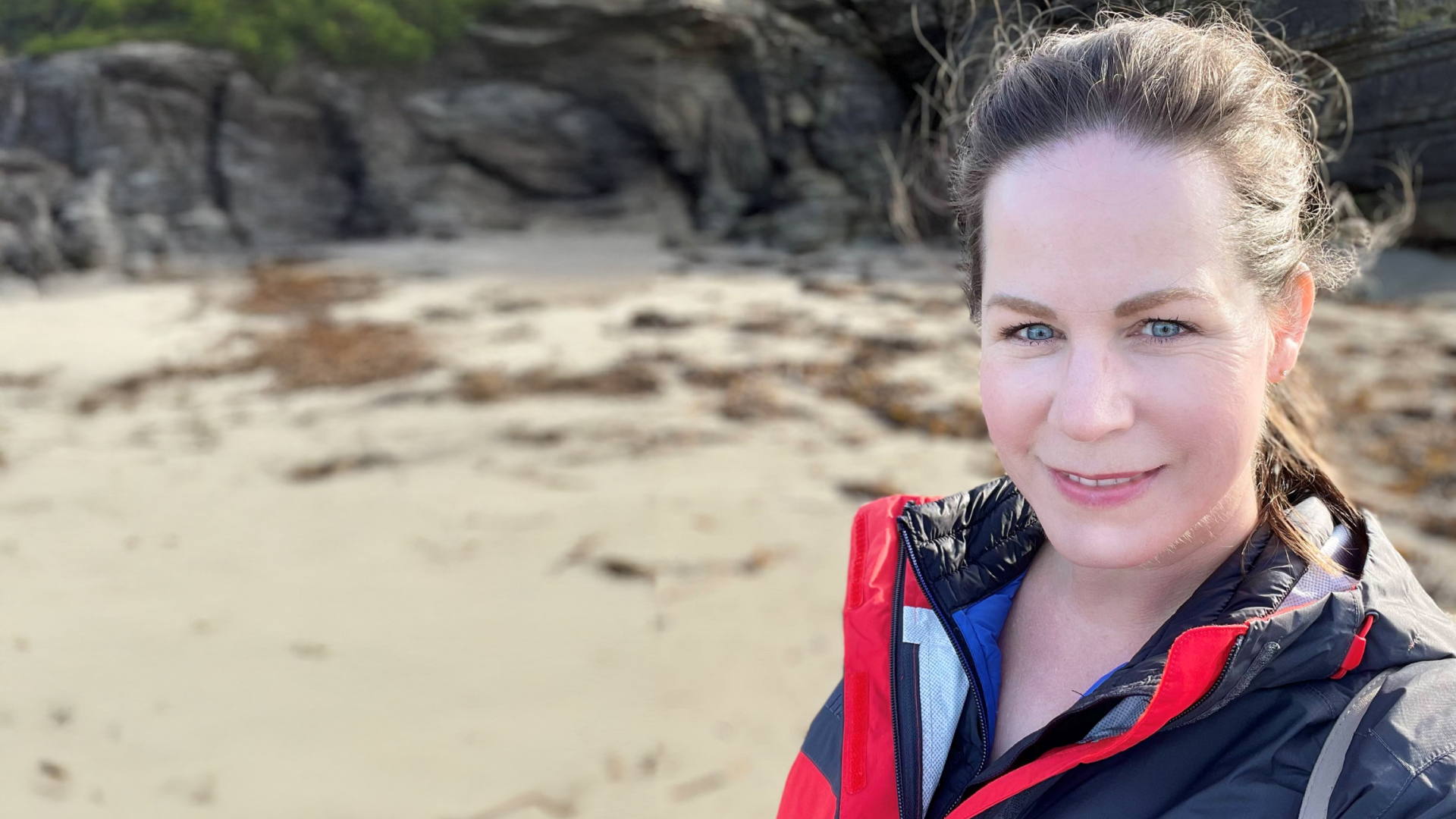
Meet Colleen Dingman
Field Manager, BLM Tucson Field Office
“The San Pedro Riparian National Conservation Area preserves a rare remnant of what was once an extensive desert riparian ecosystem, making it one of the most important riverscapes in the United States. Balancing diverse uses – from recreation to vital animal and fish habitat – alongside ongoing drought conditions is a big challenge. With strong partnerships and investments like this one from the Foundation, we are able to continue to implement new management and restoration initiatives that will help secure this place for the future.”

